September 23rd, 2020 / 0 Comments
Please note: As we continue to learn more about COVID-19, the information in this article may change. You can find our most up-to-date information about coronavirus here.
The past several months have represented an unprecedented time in the U.S. and around the world. While dealing with challenges surrounding the COVID-19 pandemic, sports have been placed on hold to protect communities and young athletes. Now that some children are slowly easing back into sports, many parents have questions about returning to sports safely during COVID-19.
It is important to realize that we cannot remove all risks associated with sports and COVID-19. Ultimately, returning to sports – and to what degree – is an individual and family decision that should take into account the risk factors to the child, the family and the community at large.
We’ve provided the guidelines below to help you with questions that may arise during the process of returning to sports. You can also view a PDF of the information.
What are some general precautions that should be undertaken to make returning to sports as safe as possible?
- Encourage proper hand hygiene. Athletes, parents, coaches, game officials and other staff should be encouraged to wash hands frequently using soap and water for 20 seconds. When soap and water is not available, hand sanitizer containing at least 60% alcohol should be available for frequent use (by adults and children who can safely use hand sanitizer).
- Cough or sneeze into a tissue (that is immediately thrown away) or into the elbow. This should be followed by hand/elbow washing or sanitization.
- Everyone should be encouraged to avoid touching their face or someone else’s face.
- Individuals who are sick, have tested positive for COVID-19 or have had close contact with someone who has tested positive should stay home. Designate a contact person for each team or organization who will trace athletes, coaches and other staff who are sick, tested positive for COVID-19 or had an exposure.
- All coaches, parents, game officials, staff, spectators and athletes (not actively participating in the sport) should wear a facemask. This includes athletes on the sideline or in the dugout. Encourage face masks especially when social distancing is not possible. (Exceptions to this include children under 2 years old, a person who has trouble breathing, is unconscious, is incapacitated or is unable to remove the facemask without assistance. People who are swimming or engaged in water sports should not wear a face mask.)
- When possible avoid enclosed shared spaces like locker rooms. If shared use is unavoidable, go in small groups only with limited time.
- Do not share personal items, such as water bottles, towels or uniforms. If there is a water station, all cups or bottles should be filled by one designated person who is practicing good hand hygiene. All items should be cleaned after each use. The person performing cleaning should sanitize hands before and after cleaning.
- When possible, do not share equipment, such as bats, helmets, pinnies or rackets. If equipment sharing must occur, sanitize the item between each use with an appropriate cleaner or disinfecting wipe. The person performing cleaning should sanitize hands before and after cleaning.
- All personal equipment should be cleaned before and after use.
- Events, including practices, should be outdoors when possible. Any indoor facilities should be properly ventilated. When possible, doors and/or windows should be opened. (As long as this does not pose a risk to the athletes or attendees).
- Social distance and wear masks when performing pre and post-game meetings or activities. Do not perform handshakes and avoid touching.
- When possible, travel to and from practices and games in individual vehicles. Avoid buses or carpooling.
What precautions should my child take during sports?
While social distancing guidelines may be difficult to enforce, especially in younger athletes, each child should be encouraged to adhere to the recommendations of proper hand hygiene, coughing/sneezing into their elbow or a tissue and avoiding face touching.
- Athletes should try to avoid prolonged interactions with other players and contacts, within the limitations of the sport.
- When not in play, athletes should avoid congregating and wear a face mask at all times.
- Behaviors that increase risk of exposure such as spitting and biting should be discouraged.
- Avoid unnecessary contact such as high fives, fist bumps and handshakes. For example, celebrations for scoring should be socially distanced.
- Team snacks should be provided in individual packaging. No shared food or drink.
- Avoid removing mouth guards. Clean hands before and after handling the mouth guard.
What precautions should the adult supervisors (coaches, game officials and other staff) take?
It is important for each person to adhere to the recommendations of proper hand hygiene, coughing/sneezing into their elbow or a tissue, refrain from giving high fives, avoid face touching, avoid congregating together and wear a face mask.
Some other considerations for coaches include assessing the manner of training. Athletes should avoid physical closeness as much as possible. During training and warm-ups, coaches should focus on individual skills instead of competition, limit the time athletes spend time close together by doing full contact only in games, and limit the number of games. Coaches should avoid mixing groups of athletes during training, keeping groups together for each session/warm ups. Conditioning should be done socially distanced.
Coaches should also hold training/conditioning, practices or games in outdoor spaces when possible. Any indoor facilities should be properly ventilated. When indoors, if possible, doors and/or windows should be opened. (As long as this does not pose a risk to the athletes or attendees).
For practices and games, a contact person should be designated for communication should an athlete or family member develop symptoms or receive a COVID-19 diagnosis. A sign-in process or attendance sheet should be used so athletes can be traced in the event of a COVID-19 contact.
What precautions should the spectators (parents, family and other observers) take?
Spectators should be limited to essential supporters. Consider limiting or capping the number of spectators allowed at practices and events to ensure proper distancing. While at the event, spectators should socially distance at least 6 feet apart and wear a face mask. Seats or bleacher spots should be blocked to allow for proper social distancing.
Projection of voices, especially in the setting of poor ventilation, increases the risk of transmission. Therefore, vocal cheering and shouting should be discouraged in an indoor setting and substituted with clapping and other forms of support for your athlete and team. If cheering outdoors, ensure proper distance from other spectators and do not face other spectators when cheering.
All spectators should also adhere to appropriate hand hygiene and avoid face touching.
Do not retrieve any sport equipment/balls outside of the field of play; these should only be retrieved by a player or game official.
Is it safe for my child to practice with teammates?
Athletes should avoid physical closeness as much as possible. The safest way to practice with teammates is to work on individual skills while socially distanced, at least 6 feet apart. It is important to continue to practice good hand hygiene and avoid sharing equipment and personal items with teammates.
Is it safe to travel for sports?
It is best to limit travel outside of the community, as this may increase chances of exposure to COVID-19. If you are planning to attend a competition outside of your community, review the recent trends of that area prior to travel. Whenever possible, travel in an individual vehicle with members of your own household and book individual accommodations.
When should my child stay out of sports due to COVID-19?
Your child should stay out of sports if:
- They have symptoms of COVID-19.
- They have tested positive for COVID-19.
- They have had close contact with someone who has tested positive for COVID-19.
Additionally, you should discuss returning to sports with your family physician if your child or a member of the household have an underlying medical condition that places them at increased risk.
My child has been out of sports for a long time. Do they need to do anything to prepare for return to sports?
Most athletes have been out of sports and training for many months. It is important to adhere to the usual standards for a safe return to sports:
- All children should still have an annual health supervision visit, especially if your child was previously diagnosed with COVID-19, or has an underlying medical condition that places them at increased risk.
- Since most athletes have been out of sports for an extended period of time during this pandemic, a gradual increase back to activities is recommended to prevent overuse injury.
- It is important to perform a gradual return to activity after any pause in the season or in the athlete’s participation.
- It is very important for athletes to be given time to acclimate to the weather, gradually returning during this time to prevent heat illness. This gradual return should occur over the course of 2 weeks.
Stay tuned for Part 2 of our Returning to Sports series in which we discuss the safety of different sports.



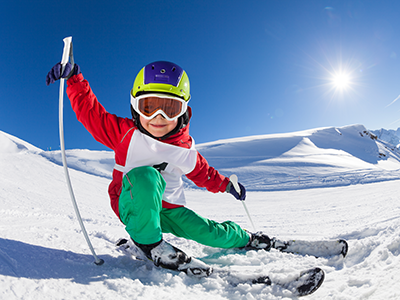

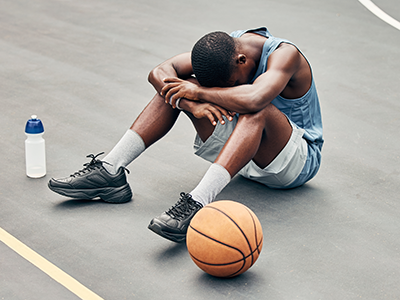
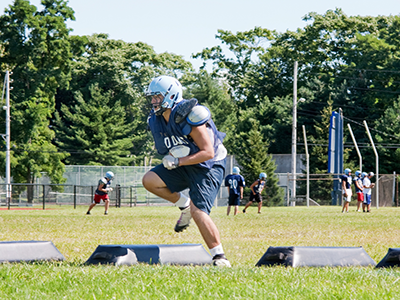
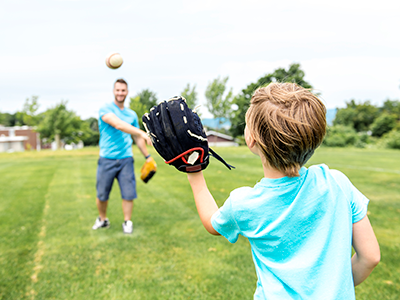
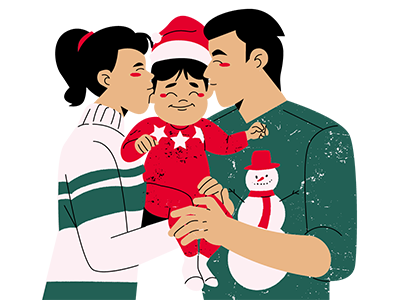

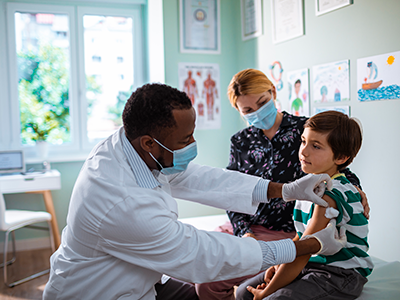
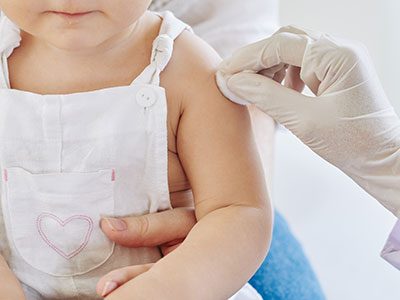
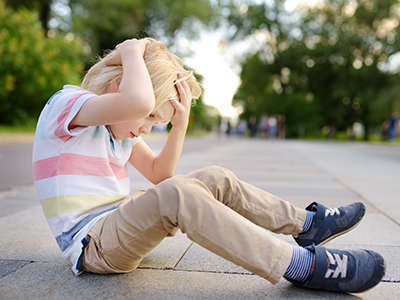
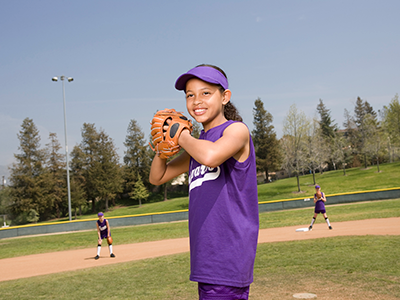
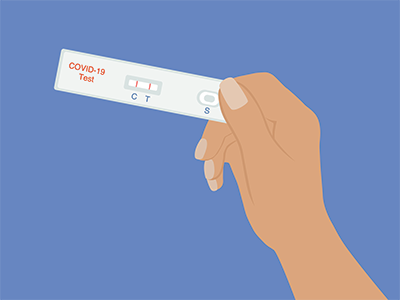
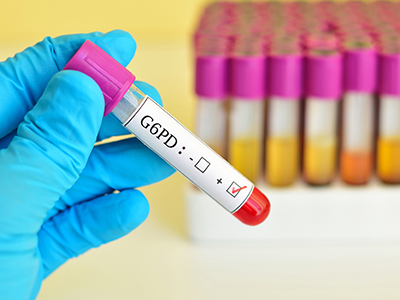
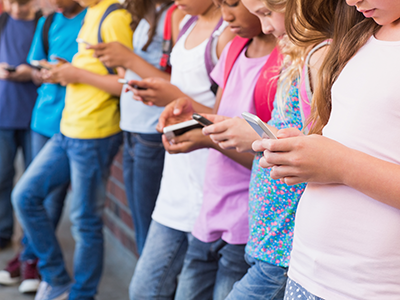
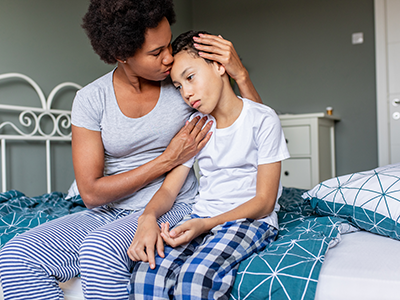
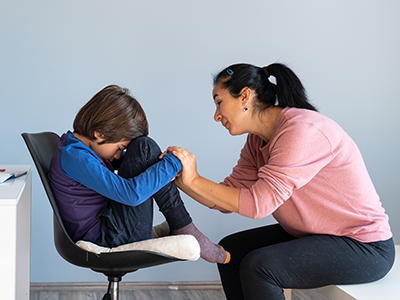
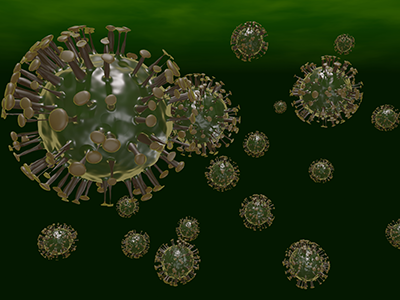

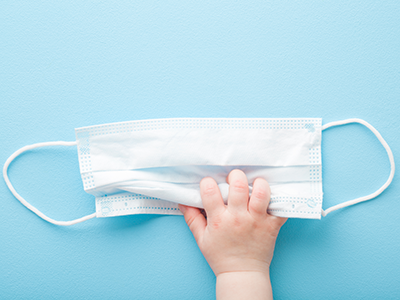
Leave a Comment
Want to join the discussion?Feel free to contribute!